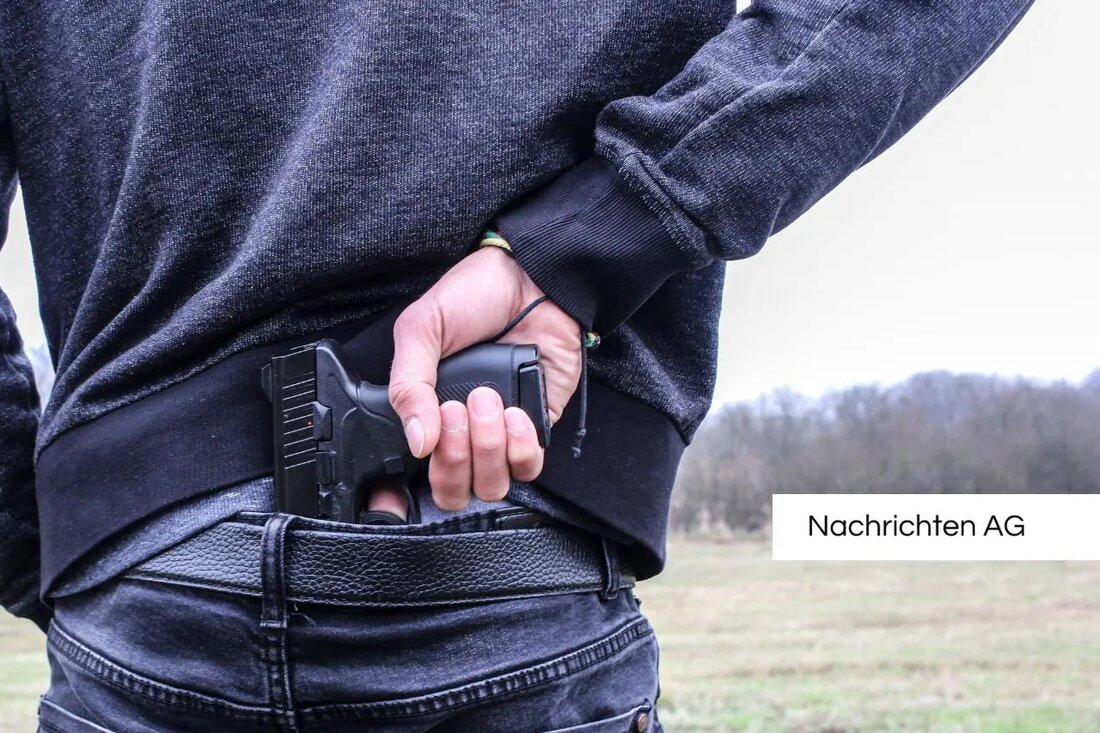Growing goods on the Rhine route - caught gang of criminals!
Growing goods on the Rhine route - caught gang of criminals!
A spectacular robbery on the Rhine route between Koblenz and Boppard makes headlines. A freight train was robbed in the mild winter of 1925 near Koblenz. However, the perpetrators, a gang from Niederlahnstein, were caught shortly after the incident, such as .
The circumstances of the robbery on the train are scandalous. The thieves managed to steal various goods, including women's washing and cigarettes. This brazen act brought the security forces to the plan, which then immediately initiated measures. Within a very short time, it was possible to identify and arrest the members of the gang. In view of the mildness of winter and the still existing risk factors, the incident is a memory that criminal acts can occur even in quiet times. In Koblenz they celebrated carnival at that time after the celebrations had paused until 1914.
cultural life in Koblenz
The return of the carnival, one of the most popular traditions in the region, was an important event. After the long hiatus through the First World War, the celebrations in 1925 only took place in closed rooms such as halls and restaurants, not on the street. The carnival is considered a time when social norms and taboos are temporarily turned upside down. Already in ancient times there was a similar development when masks were celebrated in Mesopotamia, Rome and Greece to hide social classes, such as Koblenzer Carneval captured.
traditions and customs
The Koblenz Carnival consolidates its traditions in various events, such as the Rosenmontagszug, on which over 3,000 active participants participate and present numerous trains. The symbolic colors and the fool's caps of the carnival societies underline the festive atmosphere. From Weiberfastnacht, where women do the legend, until Ash Wednesday, which is the end of the carnival period, the carnival offers a variety of ways to become part of cultural life in Koblenz.
The framework of these jubilant festive days and the pagan roots of the carnival, which were created by the integration of Christian customs in the Middle Ages, show the deeply rooted cultural stories. The carnival thus becomes a symbol of overcoming social differences and celebration of life, characterized by a wealth of creative expressions and commitment of the people in the region.
| Details | |
|---|---|
| Quellen | |


Kommentare (0)